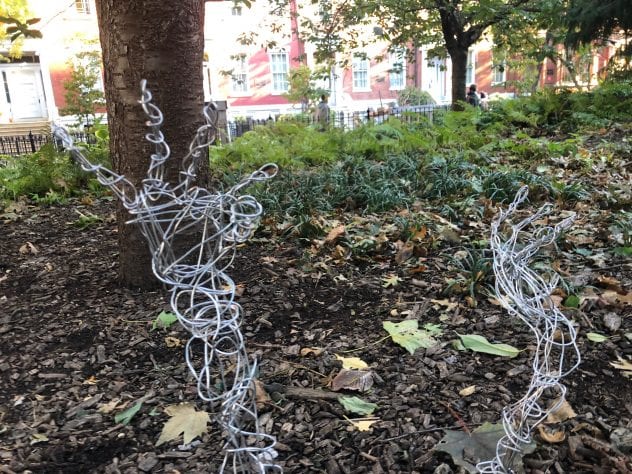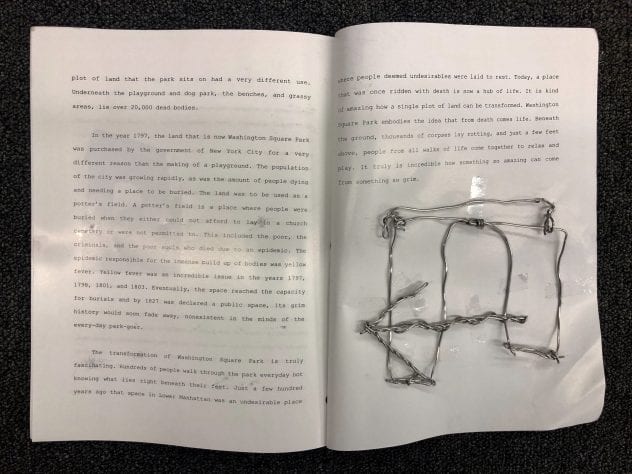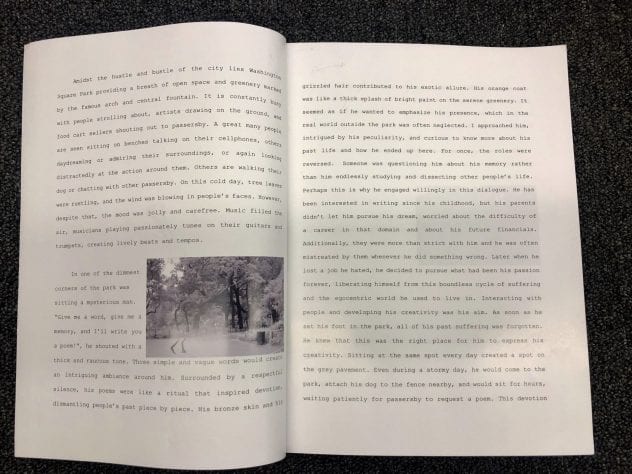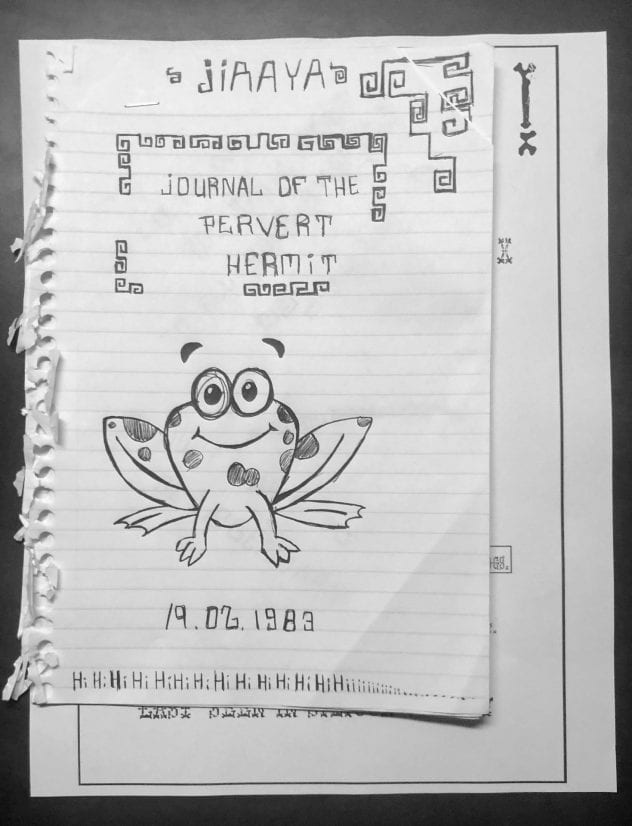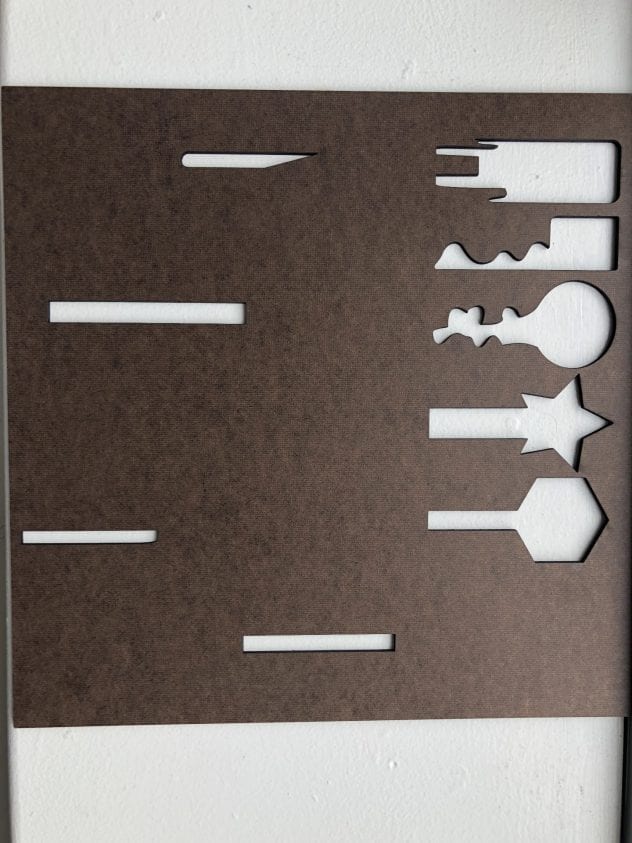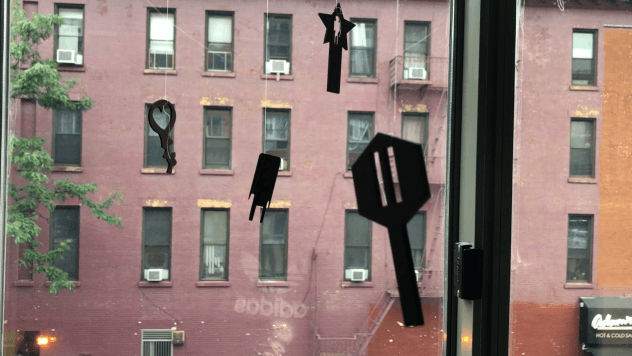OBJECTIVE
In this unit, students will mine their sketchbook— both analog and their LP as a digital ‘sketchbook’— as amassed over the course, to reflect on their educational journey throughout the semester. The results of this ‘mining’ will be a reflection post, where students reflect on what they’ve learned and how they have developed both their writing and making skills and personal artistic voice. The post can include images of previous written or studio projects, in-process sketches, notes, pertinent ephemera, and an extensive written reflection pulling all of the elements together.
This reflection post will then be presented to the class in the form of a brief (5 min) talk where students present the most compelling aspects of their reflection in written and/or visual form. The presentation should emphasize how their practice (writing / making / thinking / researching) has evolved throughout the semester.
This final bridge counts as a project for both Studio AND Seminar. Links should be EMAILED to both Jo and Emily by the deadline.
Questions to consider:
What was a moment of productive failure? Did this impact your subsequent work?
In the making of our group project for Bridge 3, with regards to the seminar aspect of the final product certain aspects of the piece didn’t translate cohesively. For example the different texts that were written by both myself and my peers didn’t clearly depict the subject we were devoted to present the same way we efficiently portrayed it the studio part of the Bridge. The productivity that I believe emerged from this issue, I think played a key role in the way I perceived my work after that project. I now seek more clarity in the way I present my topic and how each aspect of my work is relevant to the idea I’m working around. For reference, when I worked on my final project (Bridge 4), the research I did on the topic was much more precise and therefore the material I used for seminar and studio were much related, unlike the lack of correlation shown in the previous Bridge 3. The comparison of the content shown below in both projects reflects the pursuit of different methods ( clear one Bridge 4, less coherent one Bridge 3) to present a project.The making of the bridge four really made me realize the “productive failure” effect because I now knew what was coherent to present with the topic and it eventually impacted my work and the way I made it.
What materials did you use that you had never explored before? Do you think you will continue working with them?
My very first project was a great attempt at challenging myself by exploring a medium I wasn’t familiar to, however it didn’t go as well as I thought. Matching filmed content with laser cutting materials was a whole new experience and I learned a lot from both mediums, however I didn’t quite grasp how to connect the materials for the same purpose. This project was supposed to represent who I am and my journey to this day it wasn’t so great to obtain the results I was expecting but I learned a lesson I believe stuck with me for the rest of the semester. Furthermore, the outcome of that piece facilitated the way I communicated my message in the seminar portion of Bridge one which in return turned out to be a more successful piece. Will I keep working with laser cutting and videos through Adobe Premier ? I definitely will, because I learned so much through the process of not only learning the basics but doing research on how to remain unique with those mediums. For reference, as I thought myself Adobe Premier, the countless videos I watched about transitions allowed me to play around and modify the very details that make up a style. Furthermore, the most that I’ve learned is the fact that there’s no limits to these resources, the possibilities are endless and I’m glad I wasn’t afraid to explore it.
What surprised you? Was there a particular subject matter or material that you had never imagined working with before?
I envisioned myself working with the most amount of materials prior to attending this school. What surprised me however, is the matter in which those mediums were used in order to present my final project. For example through Bridge 2, using laser cut with plastic surgery to create a board game was truly a combination I couldn’t have imagined putting together. This goes to explain how much I carried over from bridge one which created a tactile effect and inspired me to pursue a board game. The tactile effect and what stimulates people to play with the piece was totally unpredictable for me when I made bridge one which again throughout the semester encouraged me to try new things fearlessly.
Bridge 2
Bridge 1
How has your idea of art changed from when you entered the course?
My idea of has changed in the sense that I care or add value more to not only how the art looks but how it is communicated. Prior to entering this class I though art was only meant to be look good and that it all remained in the appearance of the work, however my perspective has changed. I now focus more on what the art means and it’s actually relevant to what the artist is truly trying to convey through their work. I now know that it can always be up for interpretation but to some extend it has to be evaluated relative to the core of the maker not just the audience.
How has your idea of the scope / possibilities of your own art practice changed since you started the course?
I’ve noticed that the scope of my work has extended more than I anticipated. This is drastically due to the benefit of collaborating and getting feedback from peers who are pursuing the same projects but with their own different experiences. It was weird at first to let other people with different ideas suggest what I should do, but now talking from experience I don’t believe I ever should’ve hesitate to ask for recommendation. Other students may have been through what I’m doing and learning from their experiences it’s easier for me to see how my ideas can incorporate some of the notions they share. I can now say that diversity within art is key and there’s no such thing as an artist who needs no advice.
How has your idea of words as material changed?
Words are a great tool for the translation of feelings and emotion, objects and materials however, are much more complex to use in order to send the correct message. The range of materials people can use to send a message is quite wide but I think what pushes the meaning forward is the way the material is used and through which context the artist is justifying it. For example in my bridge one a direct depiction of love with a laser cut meant one thing and maybe someone would’ve guessed I thought it was key component to life but to clarify that idea I converted the space around the heart in the shape of a key. Leaving no doubt for the observer of the piece to have in mind. I still believe that some concepts are a lot harder to portray through physical means however, that is the beauty of art, the process of finding that solution to the problem in order to send the correct message.
What aspects of what you have learned this semester do you see yourself using as you move forward with your practice?
I see myself definitely using the research and communicative aspect this class had proven to be mandatory to the making of a great project. With architecture in mind, relative to that subject a great emphasis on research is key to the reliable presentation of a project. Furthermore, the communicative language during class presentations by both the students and the student’s work is component I’ll carry with me because how anyone talks about their work determines if it will stimulate others to know about it.
GRADE BREAKDOWN
40 POINTS— Reflection post
– Includes images of previous in process/ finished work
– Includes thoughtfully composted written reflection
10 POINTS— Presentation Clearly communicates the student’s learning trajectory and the evolution of their writing / making
TOTAL 50 POINTS
